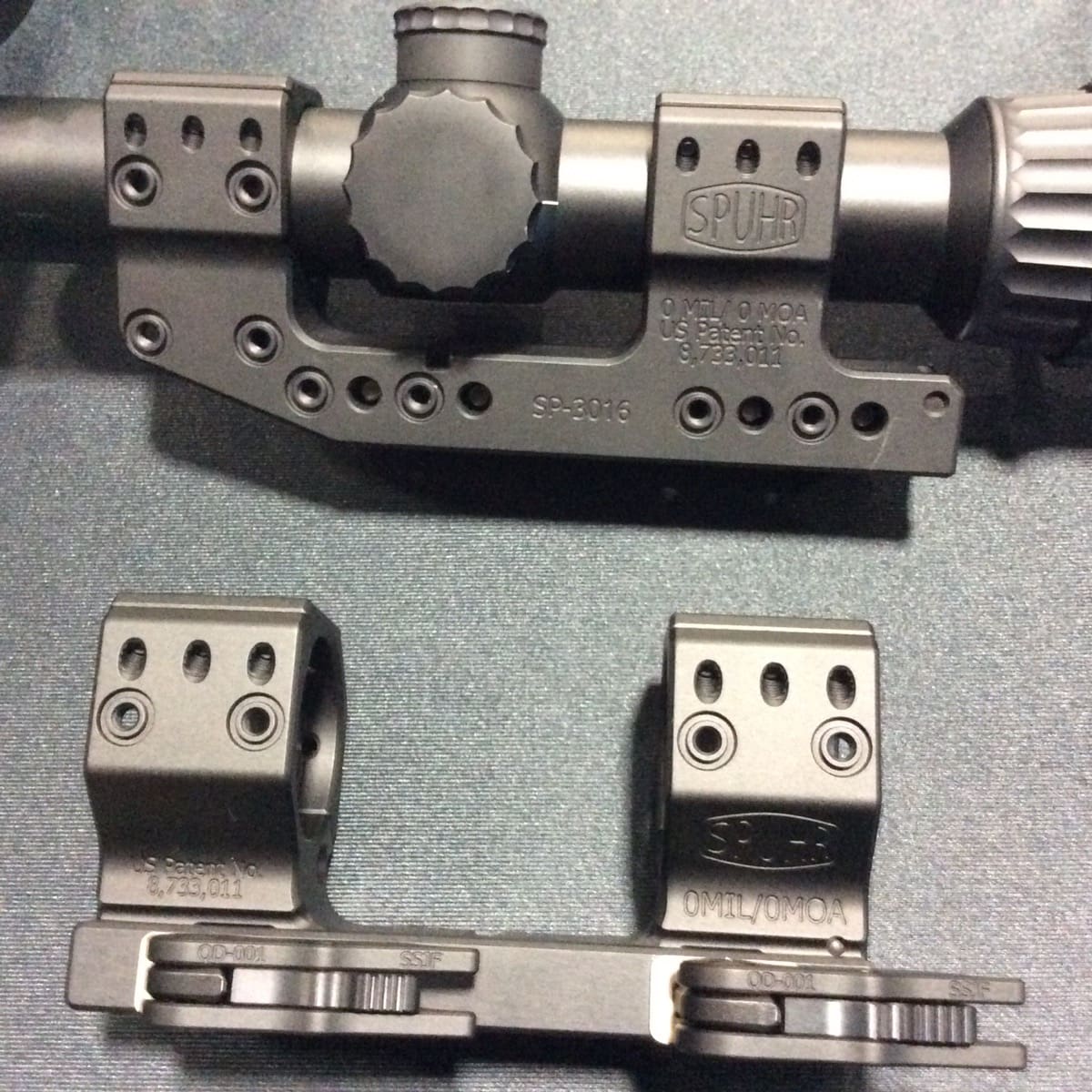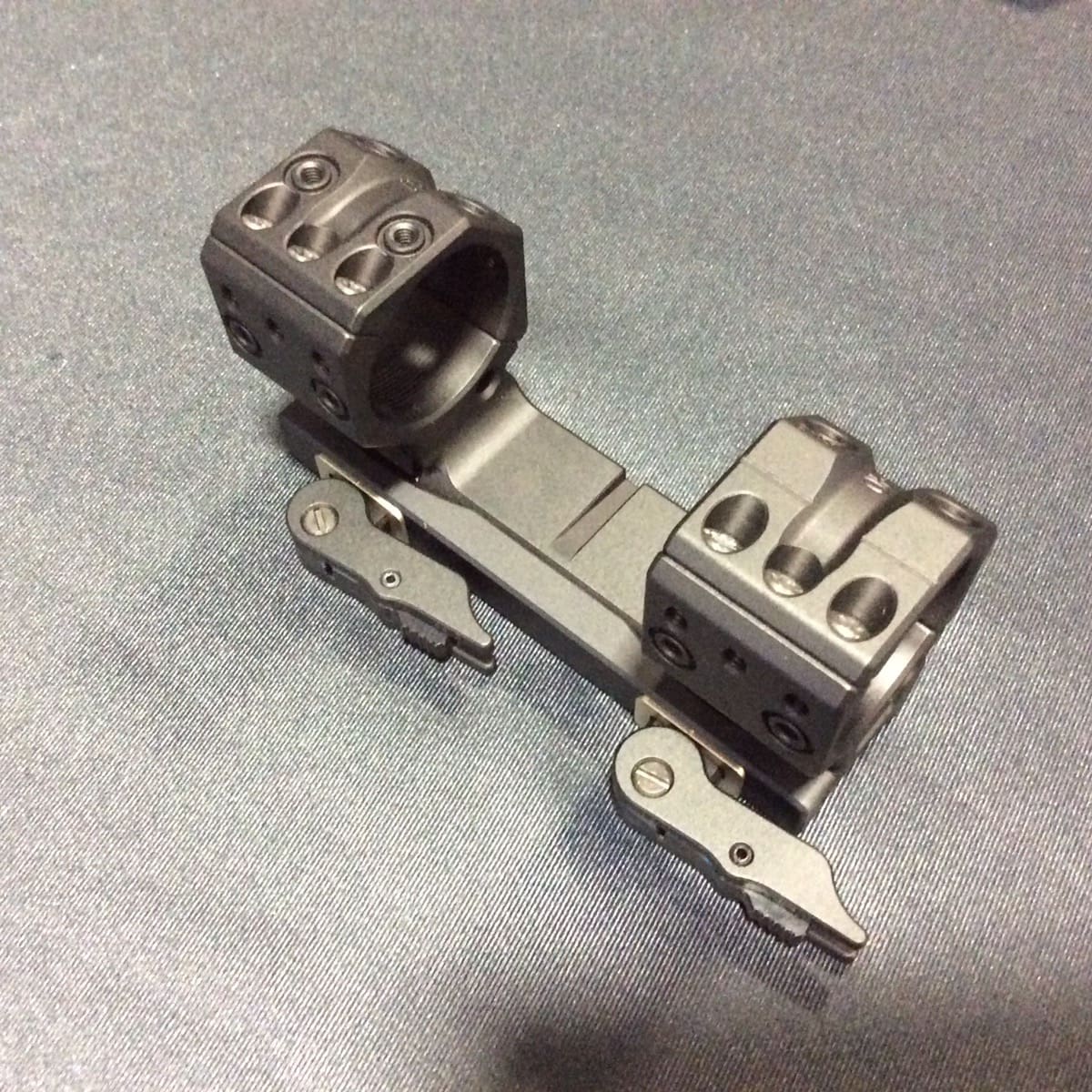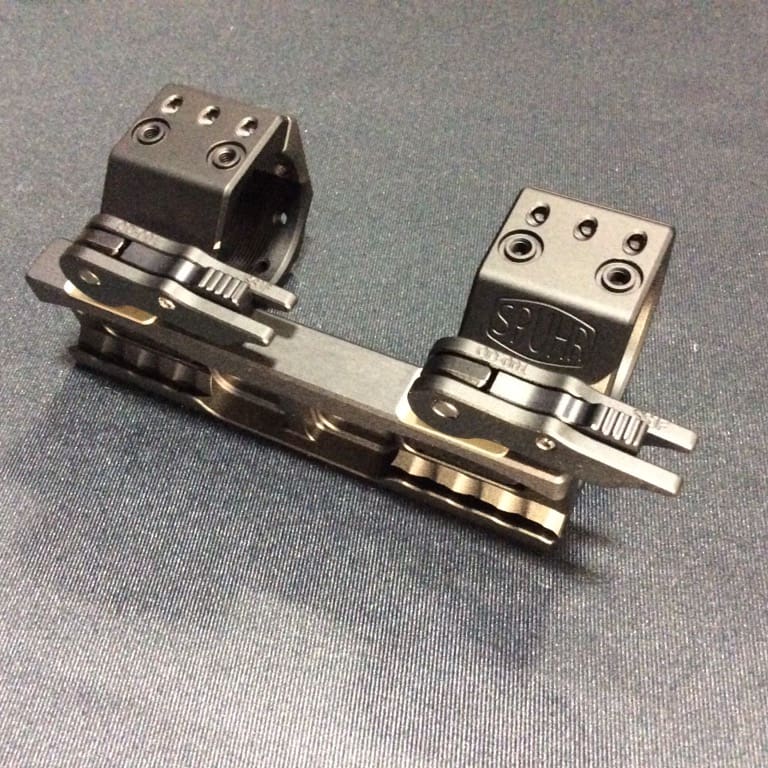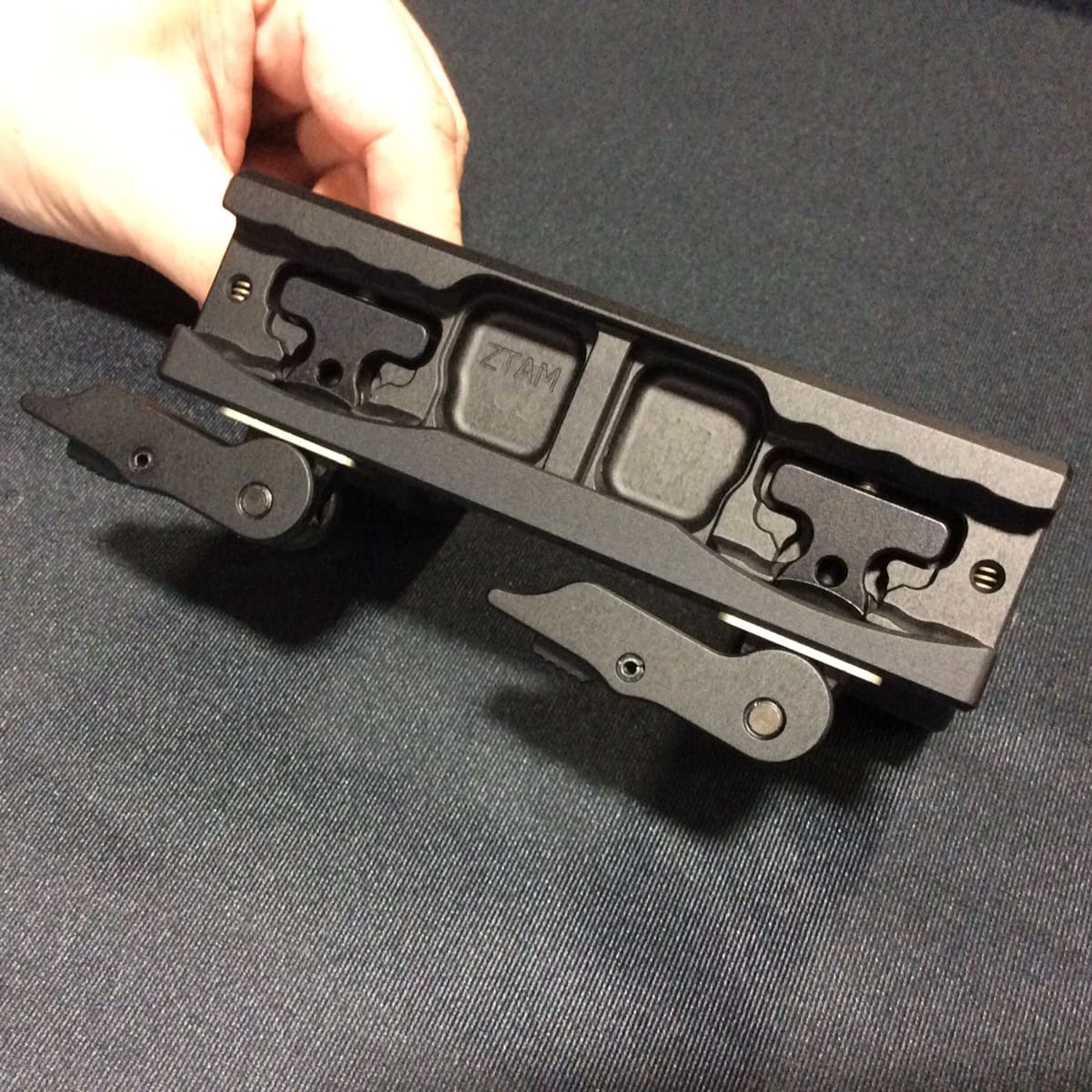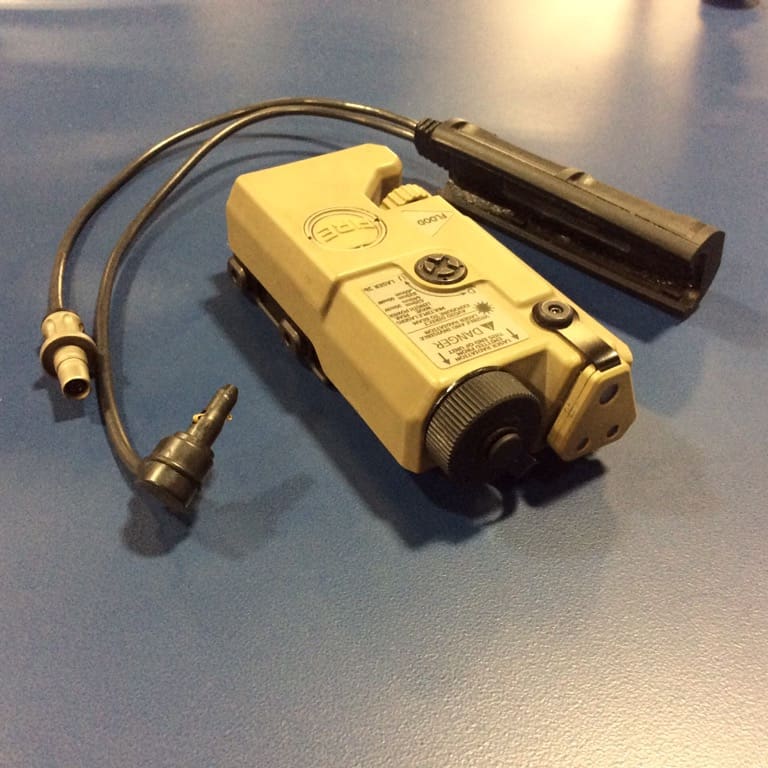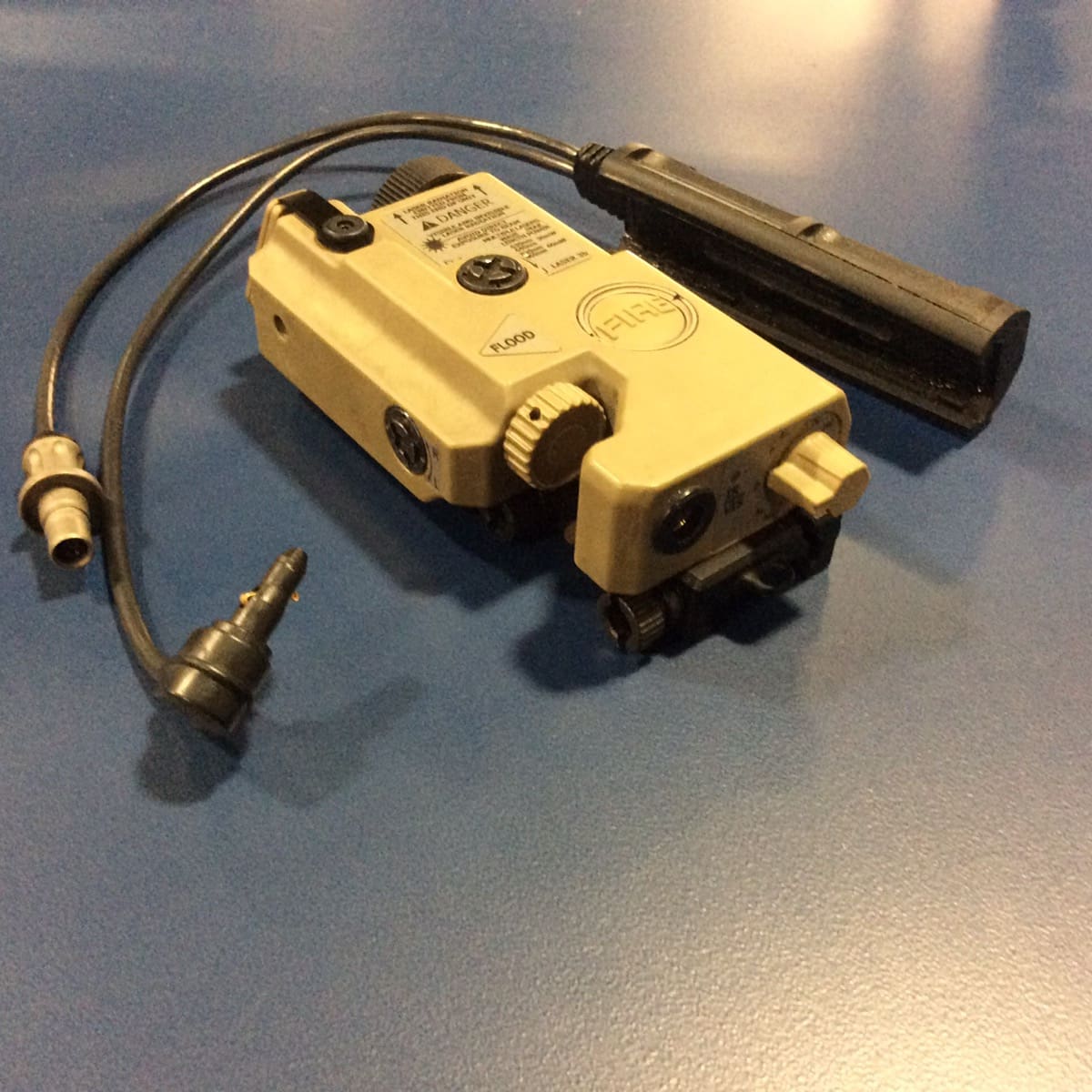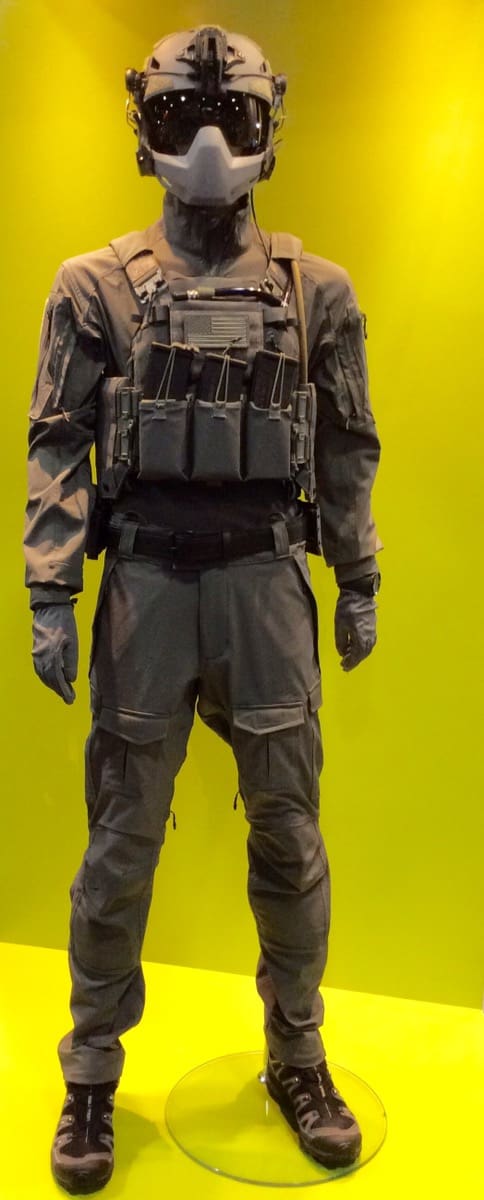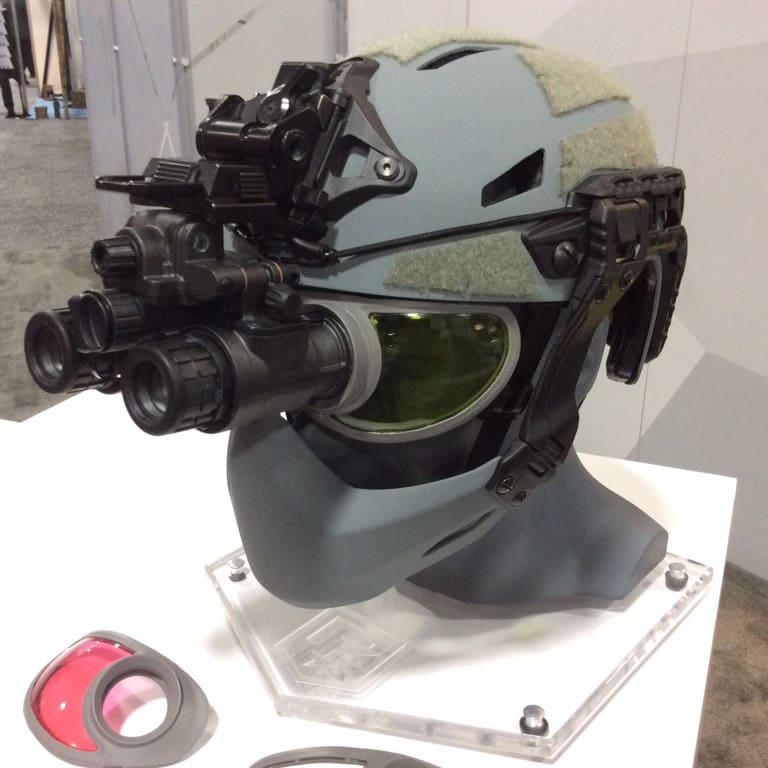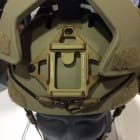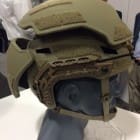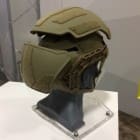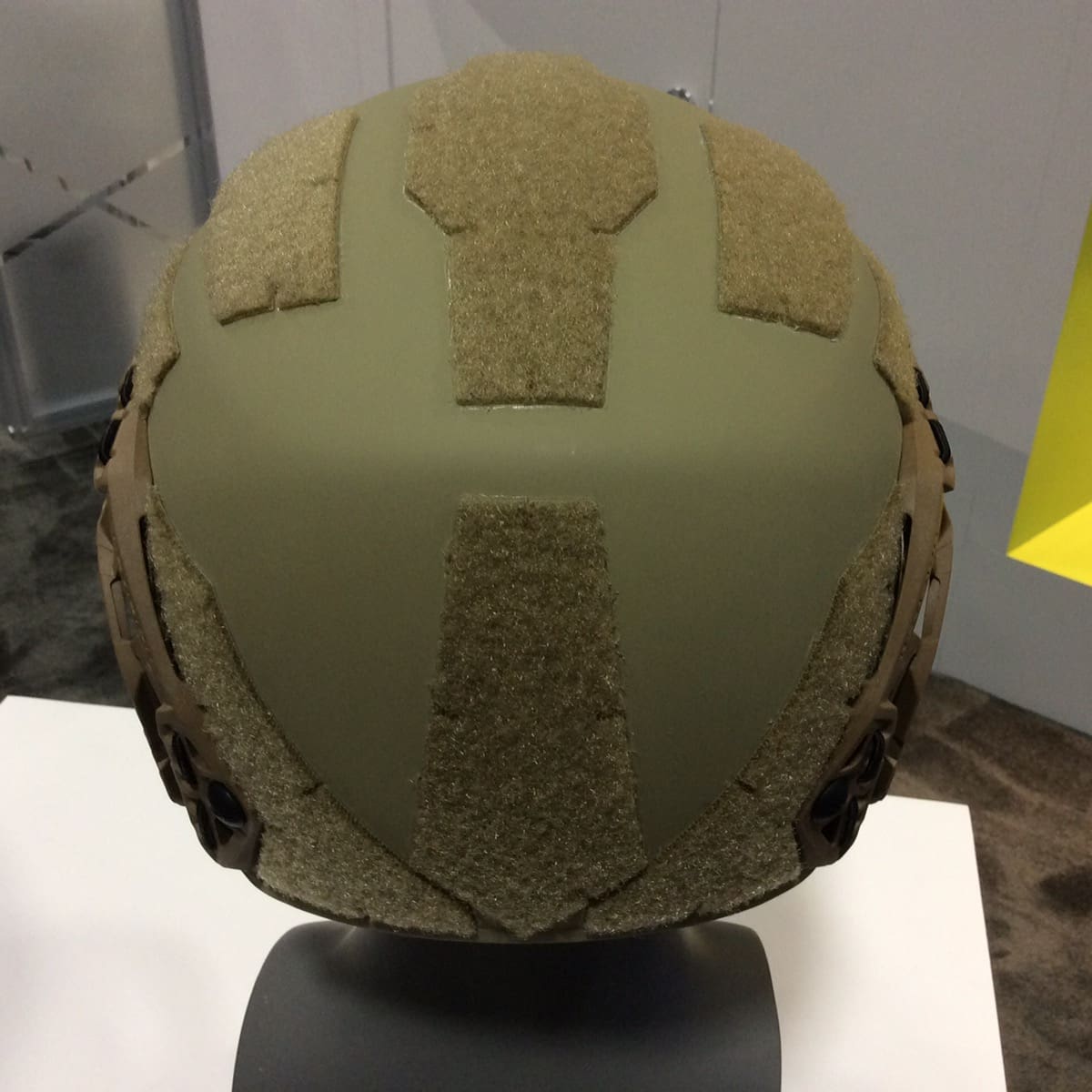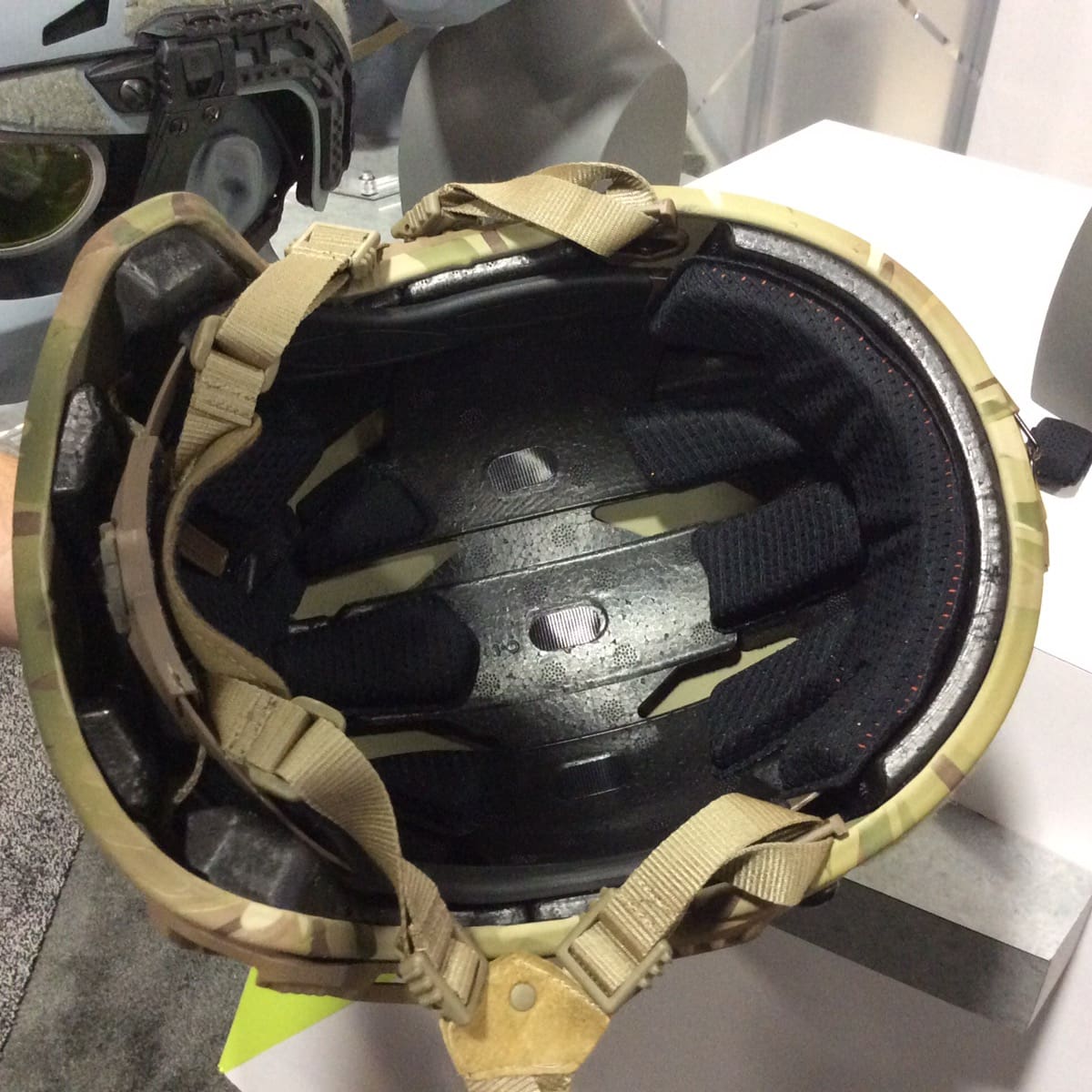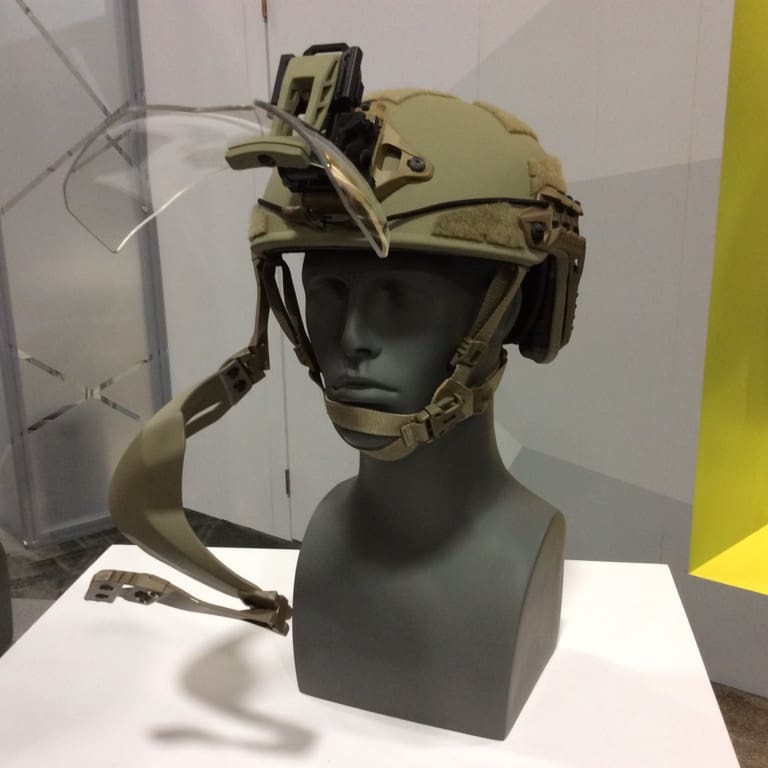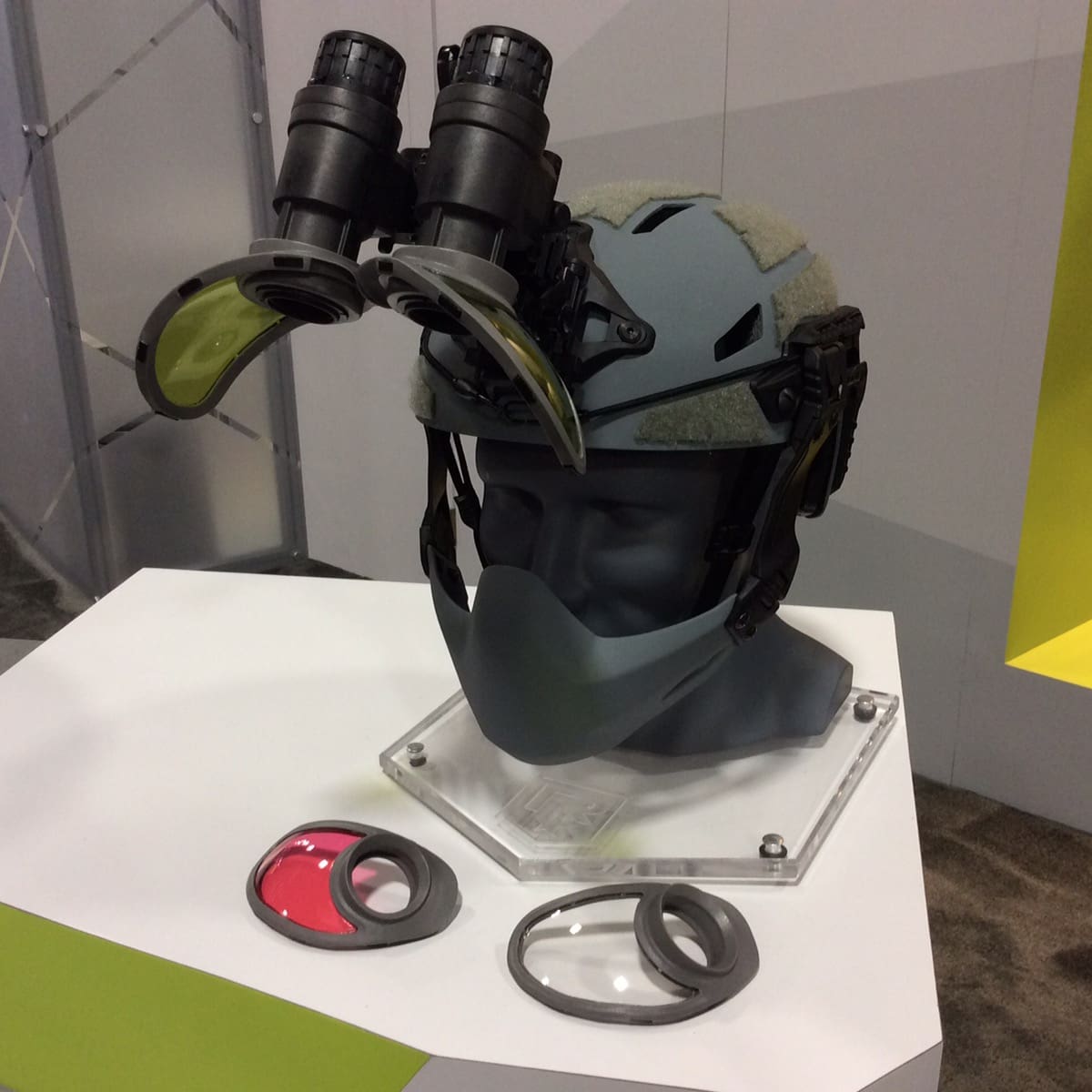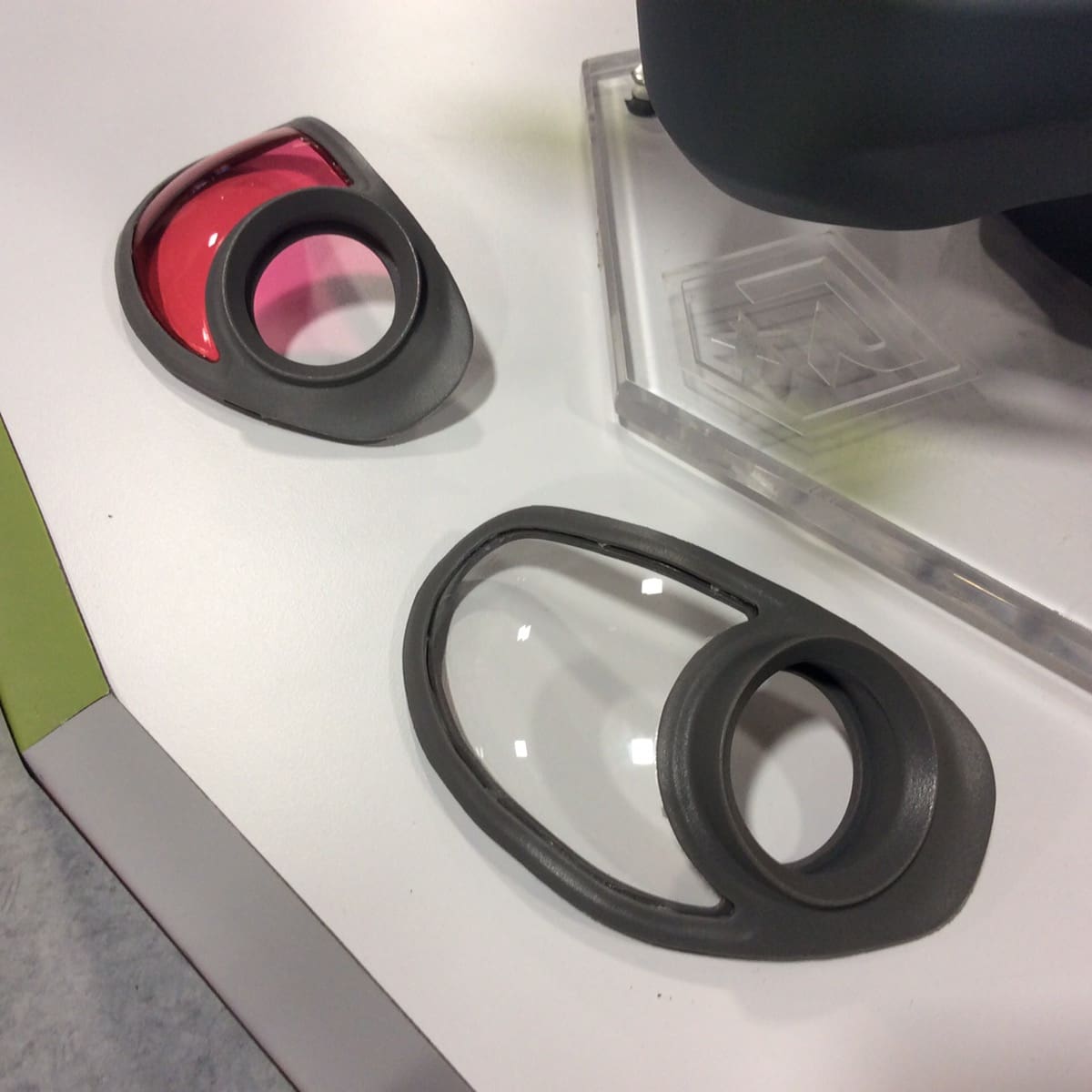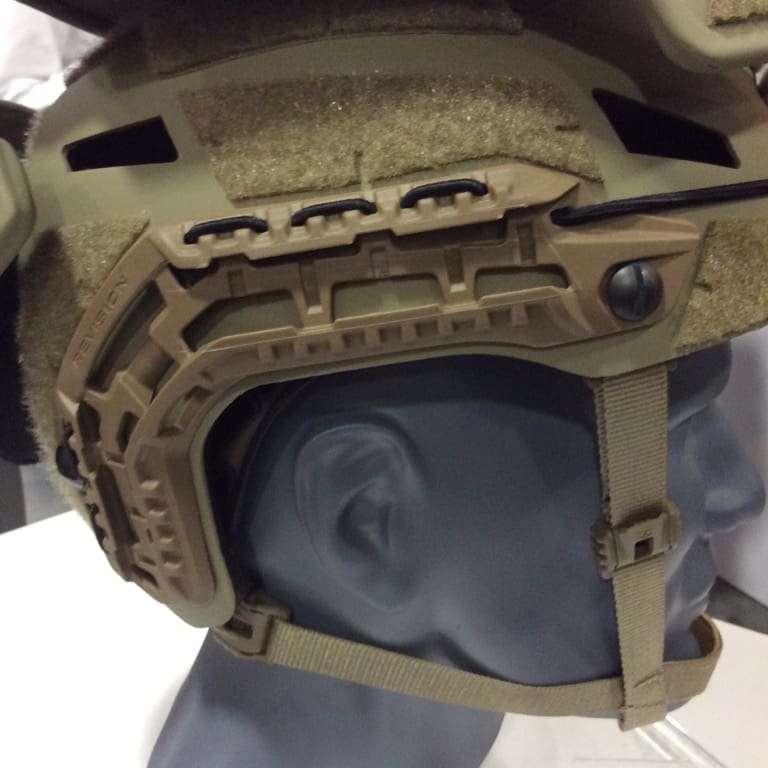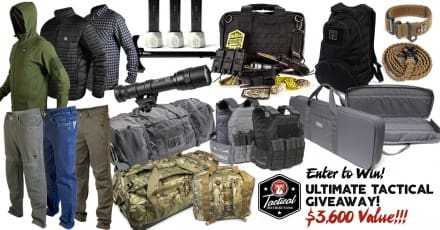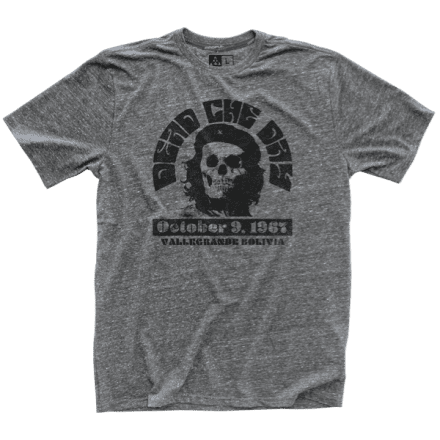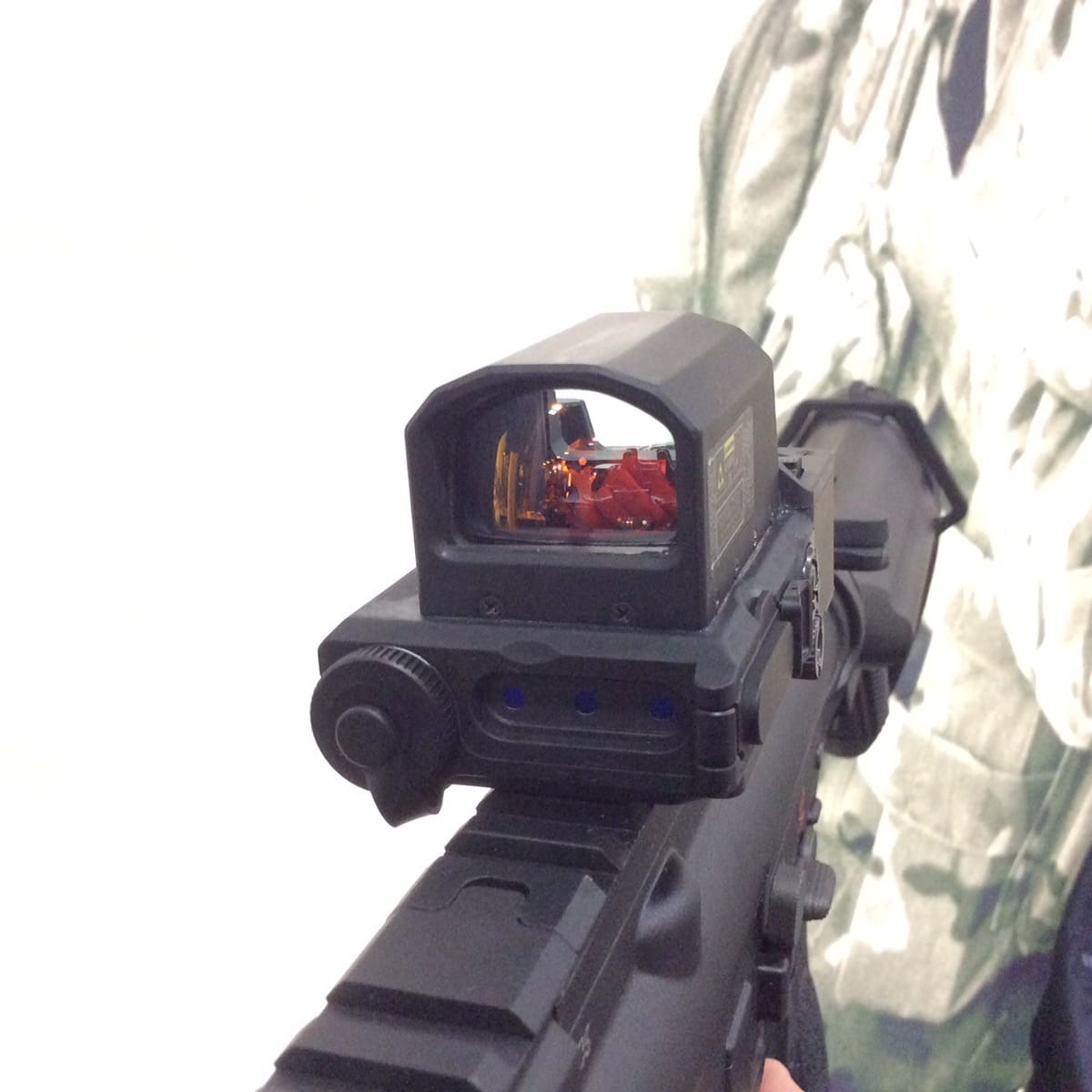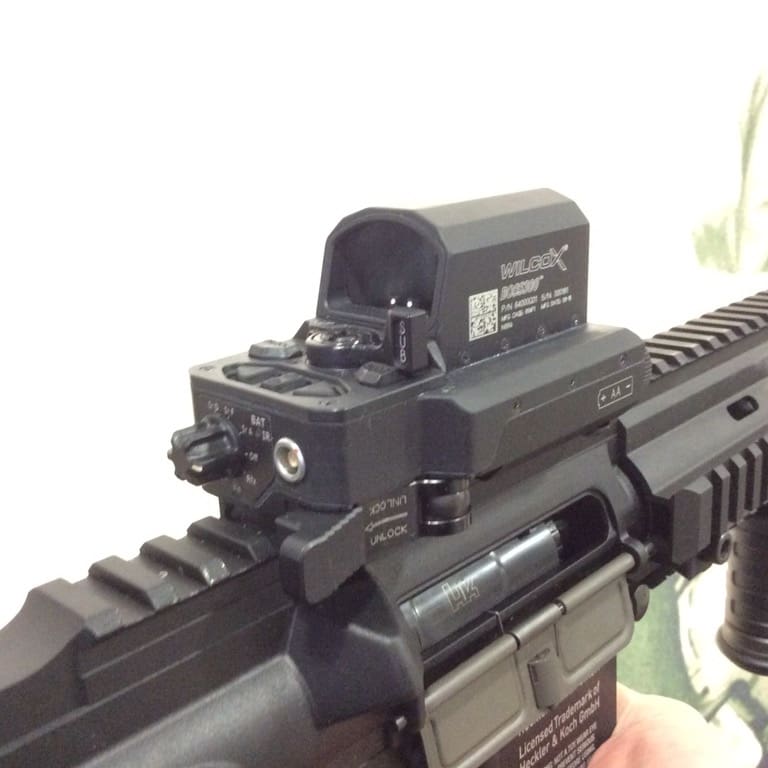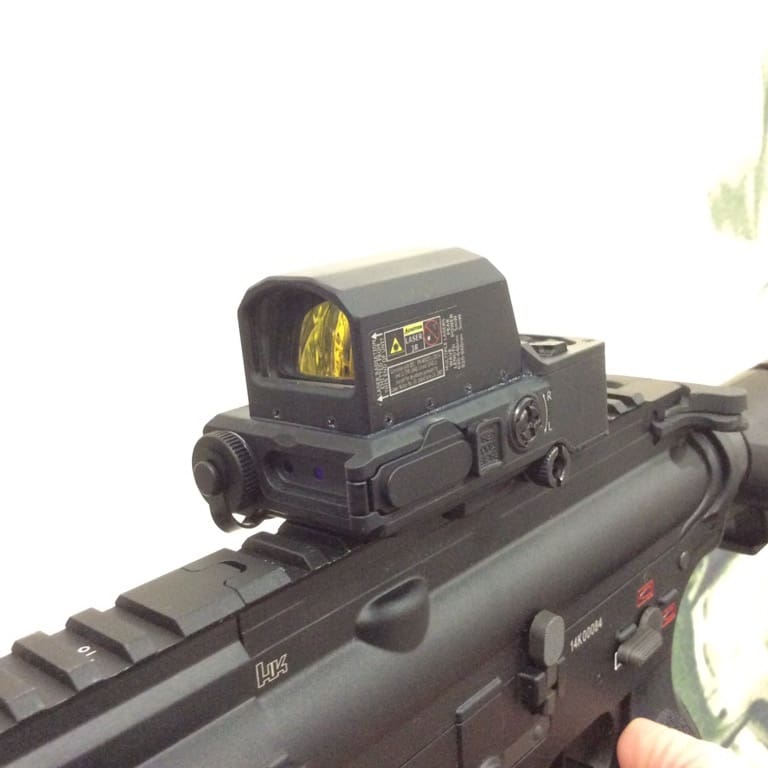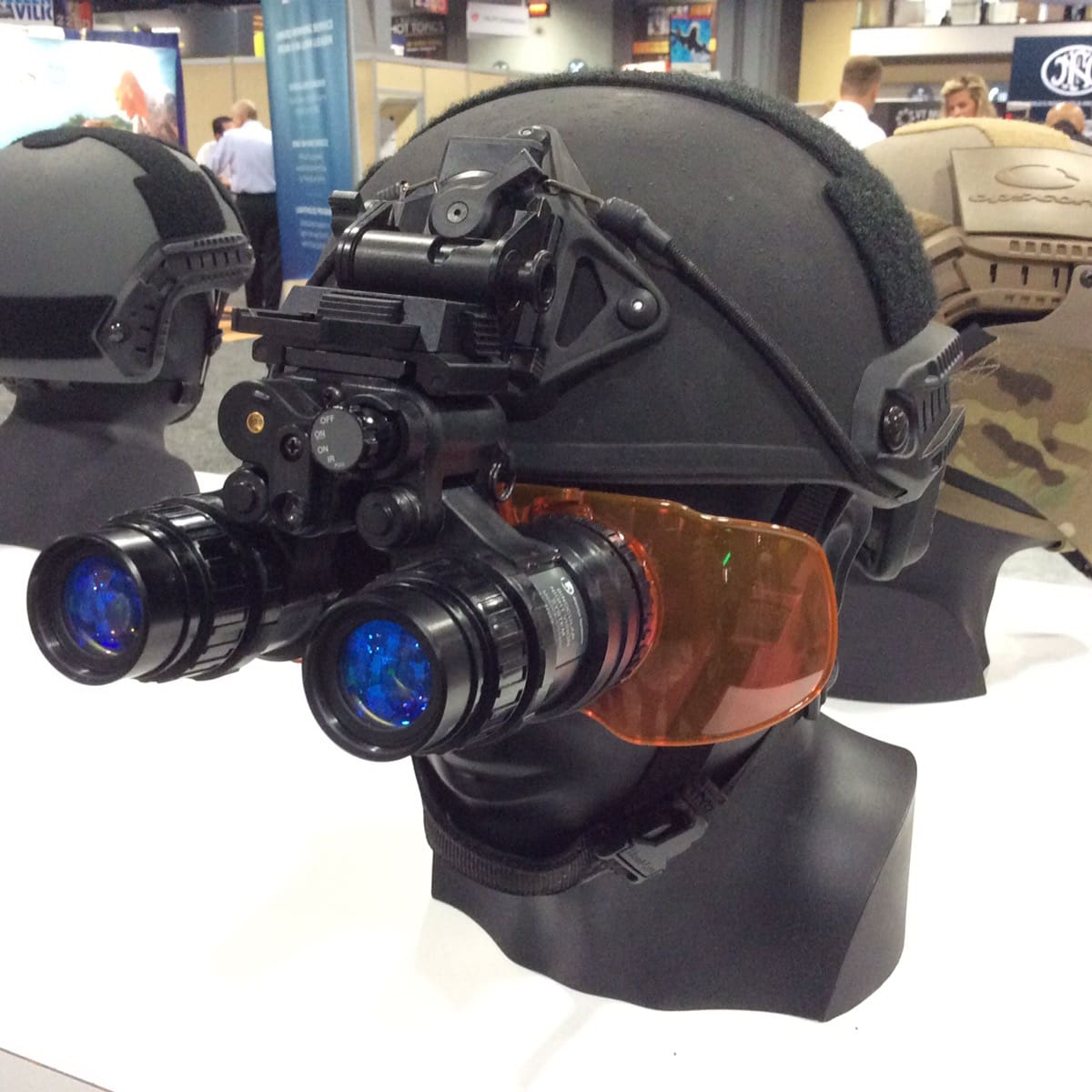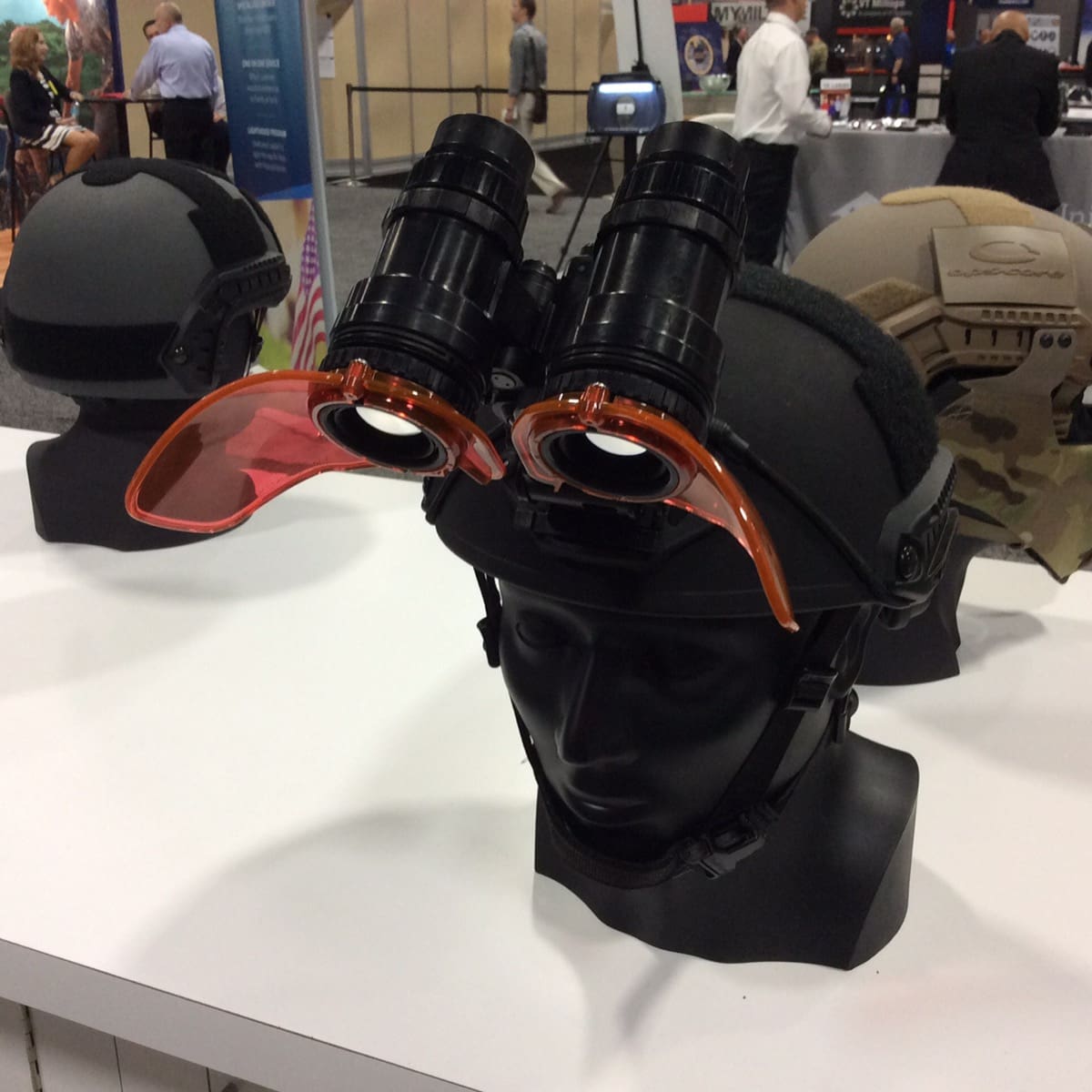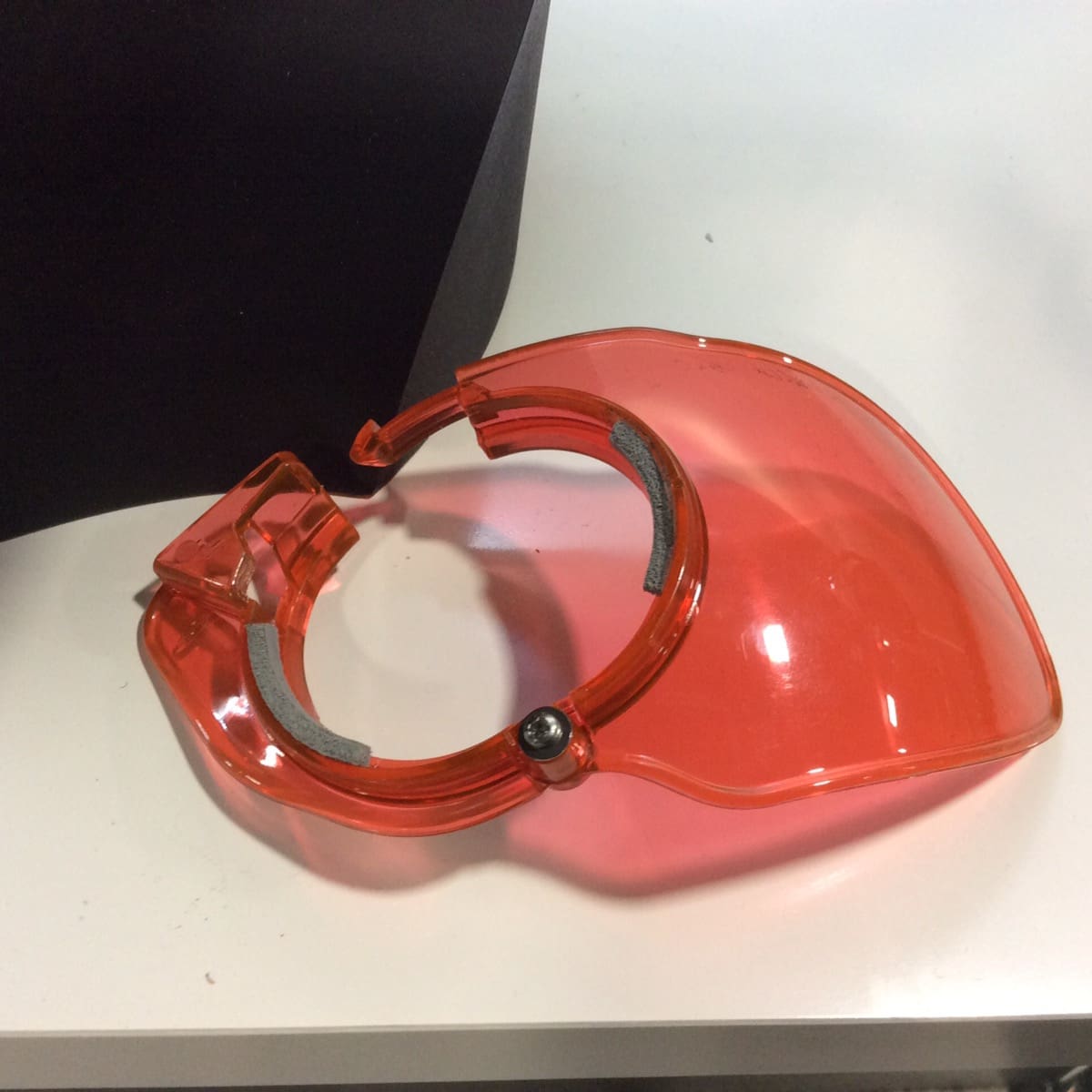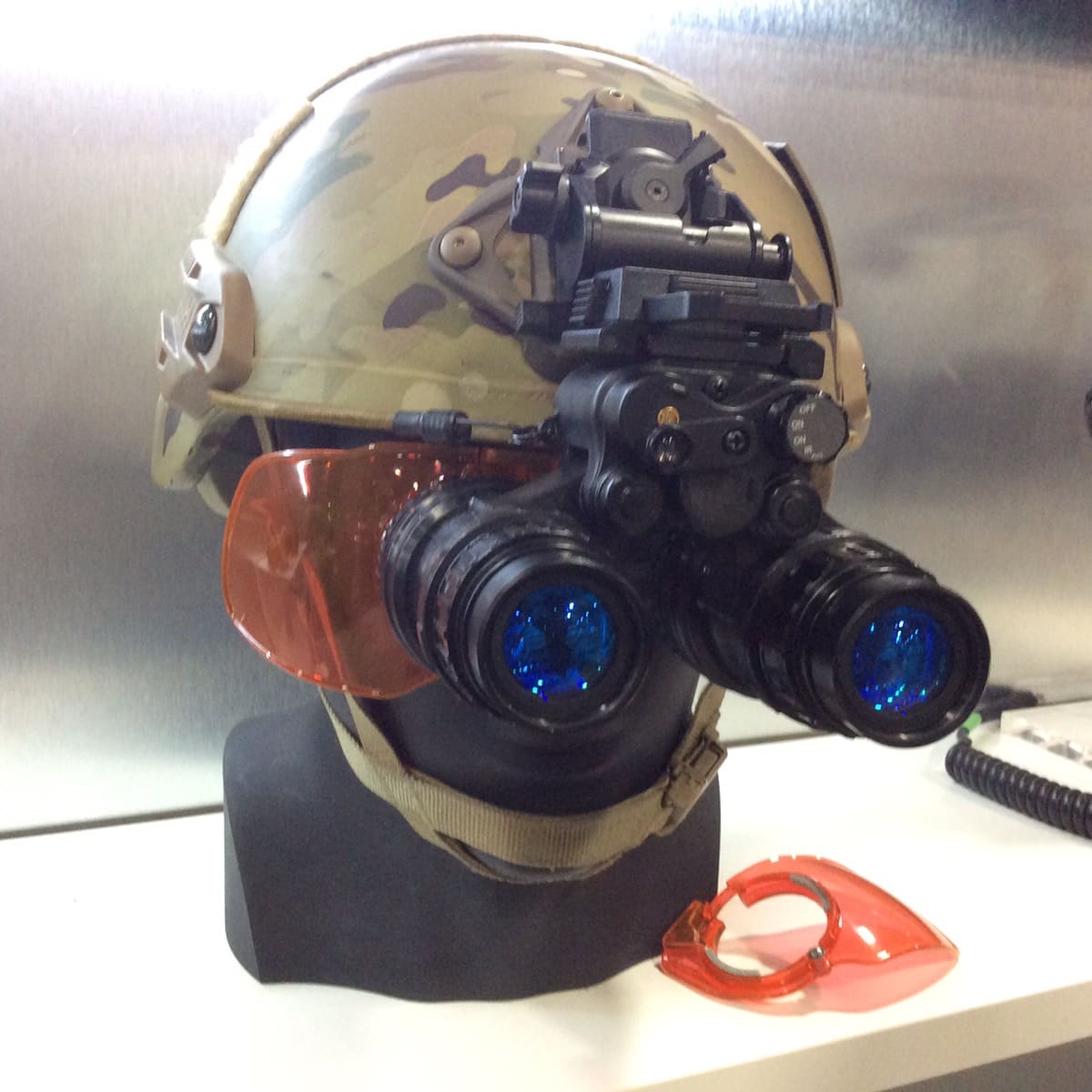UK based impact protection company enters into long-term strategic partnerships with Vibram, Schutt Sports to produce helmet pads for US warfighters
UK company establishes US legal entity D3O LLC headquarters in Detroit
Monday 3rd October 2016: Detroit, USA:
D3O, the UK-based impact protection company, enters into long-term strategic partnerships with Schutt Sports, a leader in the sports helmet and protective accessories market, and Vibram USA, a well-established supplier of boot outsoles and midsoles for the US Department of Defense, to provide Berry-compliant production of the D3O® TRUST helmet pads for combat helmets as the company expands its capabilities and distribution in North America.
D3O uses unique patented and proprietary technologies to make rate-sensitive, soft, flexible and distinctive orange-colored materials with high shock absorbing properties that are used in a wide range of impact protection products. The technology addresses a range of markets including electronics, sports, industrial workwear, motorcycle and military protection. In its raw form, the technology is soft when handled slowly but stiffens immediately when hit, making it an ideal component in high impact applications like protective base layers in football, baseball and skiing and strengthening athletic gear like tennis rackets and soccer balls. The patented technology is already used by customers including sports brands Schutt Sports and Under Armour, and in non-sports applications like industrial workwear and defense.
The new Berry manufacturing agreement with Schutt and Vibram, each bringing expertise in the integration of impact protection technology into hard goods like helmet and individual accessories, will further enhance the company’s capabilities to deliver high performance impact protection and shock absorbing solutions to both US warfighters and our US partners alike.
Schutt Sports is one of the leading manufacturers of protective equipment worldwide and a long-standing D3O partner with an innovative range of helmets for Baseball, Football and Lacrosse featuring D3O® technology. This further collaboration to develop Berry compliant helmet liners for soldiers strengthens both companies’ position to deliver unmatched innovation and reduce the risk of impact-related injuries for athletes and soldiers alike. Schutt Sports, based in Illinois, has three manufacturing facilities including Salem, Litchfield and Easton, Pennsylvania, providing jobs for a total of 600 employees.
Vibram USA, located in North Brookfield MA with 325 employees is the long-trusted innovator and supplier of outsoles and midsoles for a wide variety of boot and shoe applications across the military and commercial sectors.
The three companies will work together to manufacture the D3O® TRUST helmet pads. The liner system has been shown to provide a combination of industry-leading impact deceleration, a key factor in reducing exposure to traumatic brain injuries, combined with enhanced comfort. The D3O® TRUST seven-pad system has been adopted by leading helmet manufacturers 3M Ceradyne and Morgan, as well as several other specialty suppliers to the Law Enforcement / Tactical market in both the US and Europe.
Robert Erb, CEO Schutt Sports comments;
“We’re one of the world’s leading manufacturers of protective sports equipment and there’s a reason we use D3O in many of our products: their materials and technology are world class. We’re excited about helping them bring that technology and protection to one of our country’s most important groups of people – the men and women who serve in the military and place their lives on the line every day.”
Mike Gionfriddo, CEO Vibram USA comments;
“Developing the D3O relationship has allowed Vibram to increase new opportunities with performance products utilizing D3O’s advanced shock absorbing materials. After celebrating 100 years of operations, Vibram continues to focus on innovation and product development as the foundation for future growth.”
Bill VanMullekom, SVP D3O LLC says;
“The collaboration with notable industry experts, Schutt Sports and Vibram, further strengthens D3O’s product offering and manufacturing capabilities and marks our ongoing commitment to providing the most advanced impact protection solutions to the US defense market.”
D3O is a portfolio company of the U.S. growth capital firm Beringea. Over 90% of the company’s revenues are export, with 60% of sales in the US, for which the company received a Queen’s Award for Enterprise for International Trade in 2014. The establishment of a US Legal Entity, D3O LLC, which is headquartered in Detroit, underscores its continued growth in the US, a long-term commitment to servicing the US DoD space and providing world-beating protection to warfighters.
The company has expanded its portfolio of materials from one formulation in 2010 to over 25 materials today. Most recently, D3O® technology has been used to develop a range of performance sports insoles with partner brand ENERTOR, worn and endorsed by Usain Bolt, offering 44% shock absorption to reduce injury when running.
D3O also announced a long-term strategic partnership with DuPont to co-develop a new material which will target the industrial, workwear and electronics’ markets. The material, D3O® powered by DuPontTM Hytrel®, incorporates both smart and durable material properties and further expands D3O® thermoplastics capabilities.
www.d3o.com
